Guest post by Vincent Chalias
Since we started planting corals over 20 years ago, and since our background is marine aquaculture, we always worked hard to imagine easy solution to mass produce corals.
What is Micro-Fragmentation?
The Micro-Fragmentation technique consists of breaking the corals into smaller pieces of 1 to 5 polyps, using a specialised band-saw. This stimulates the coral tissue to grow, allowing them to grow into clones at 25 to 50 times the normal growth rate.
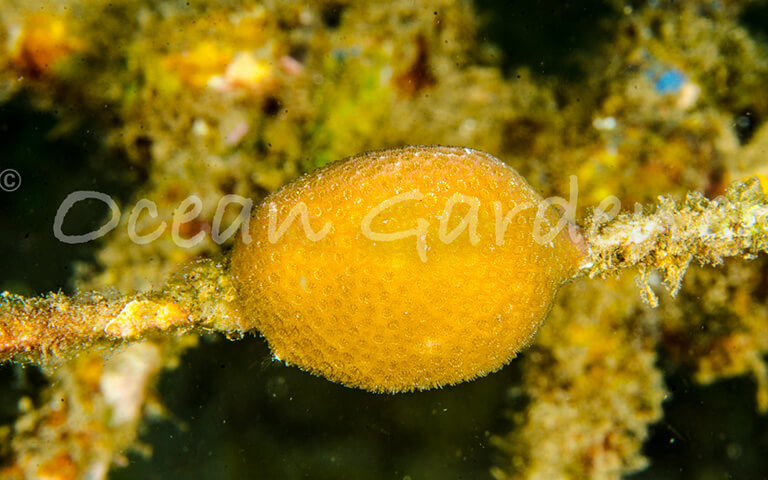
A 90 days Porites sp grown
from 5-8 polyps.
from 5-8 polyps.
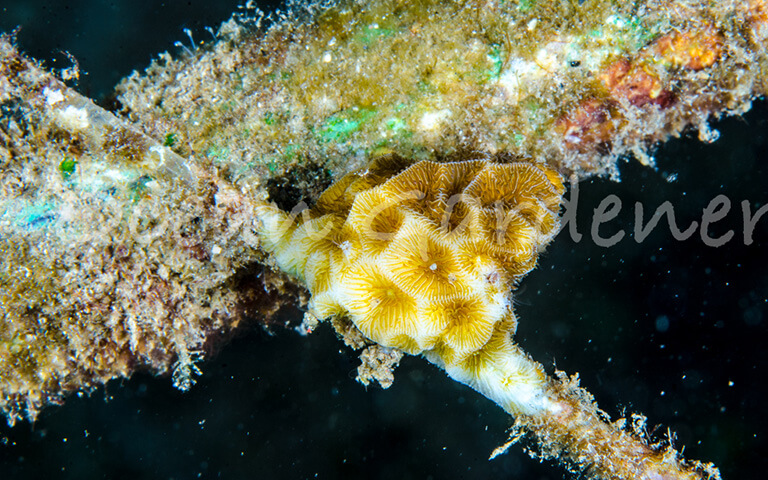
A 45 days Pavona sp,
grown from 3 polyps.
grown from 3 polyps.
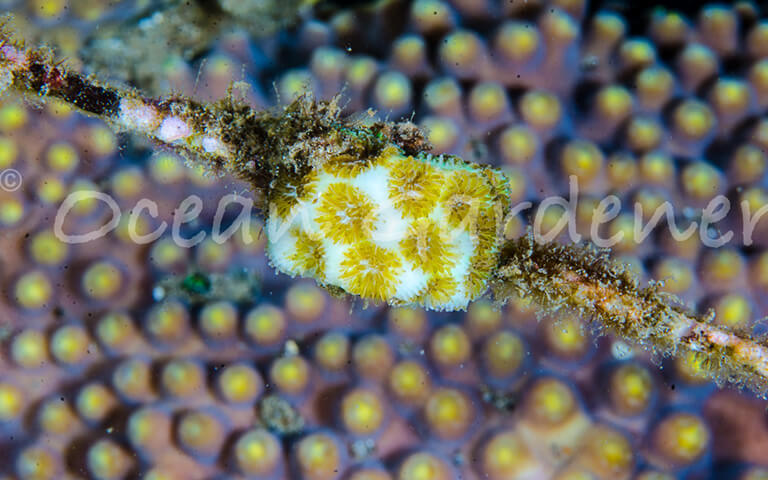
A 30 days Leptastrea sp
grown from 3 polyps.
grown from 3 polyps.
This word became a trend on social media over a year ago. When several Florida based land operation, started using common reef aquarium equipment and technique to propagate corals using much smaller fragments. But these were done in controlled, land base facility. The fragment are left to recover and grow for few months, before they can be transplanted, once they reach a sufficient size on the natural reefs.
In-Situ Micro-Fragmentation
What Ocean Gardener came up with, is to adapt this technique, in order to do everything directly in the ocean. No pump, no light, no energy is needed apart from cutting the corals, and maintaining them.
Even if the condition were far from being perfect with water temperature over 30C for the last 9 months, the results were still amazing.
It become then very simple, can be achieved on any beach or boat around the world, directly on the reef. And the results are astonishing!
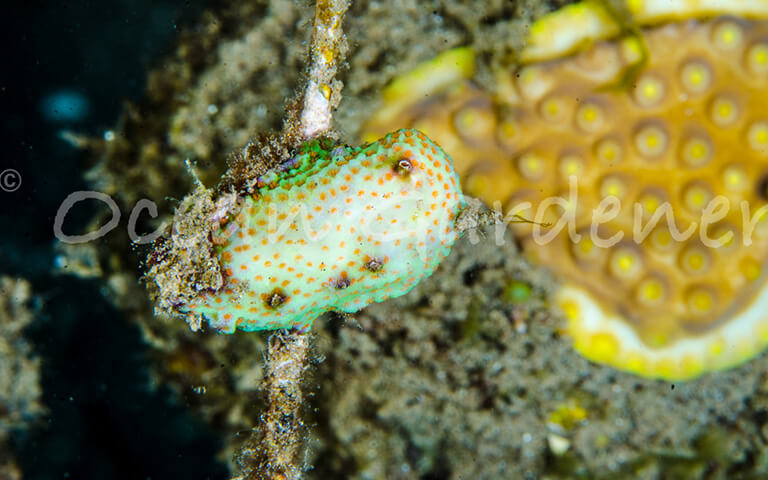
A 45 days Montipora sp, grown from less than 10 polyps.
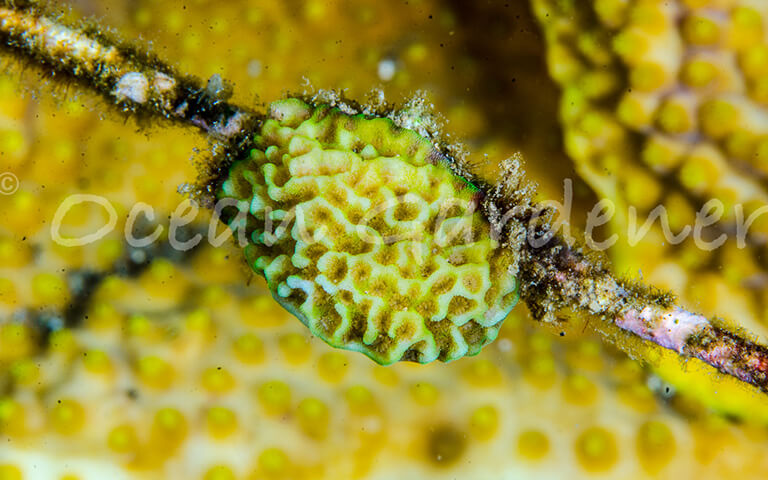
Another 45 days old Montipora fragment
The problem with fragmenting corals in the ocean, is that small pieces of corals are very vulnerable. And under a certain size, they just don’t usually survive. They are overgrown by algae, or sponge. They are eaten by predators, or succumb to competitive corals. The reef is a very unforgiving world for a small baby coral. In a controlled environment such as a lab, all these parameters are under control, and create a very safe place for this baby coral to grow.

A 45 days old Hydnophora sp grown from 5 polyps.
By limiting the space for algae, sponges or predators, to settle in, and by giving the corals the best possible spot on the reef, the corals can focus all their energy into growing. And this is what Ocean Gardener just achieved. By thinking ‘outside the boxe’ they came up with a simple solution, to just start Micro-fragmenting corals directly on their nursery. And this at a very low financial and energetic cost. In a way accessible to the most remote area of the world.
The missing tool to complete asexual reef restoration
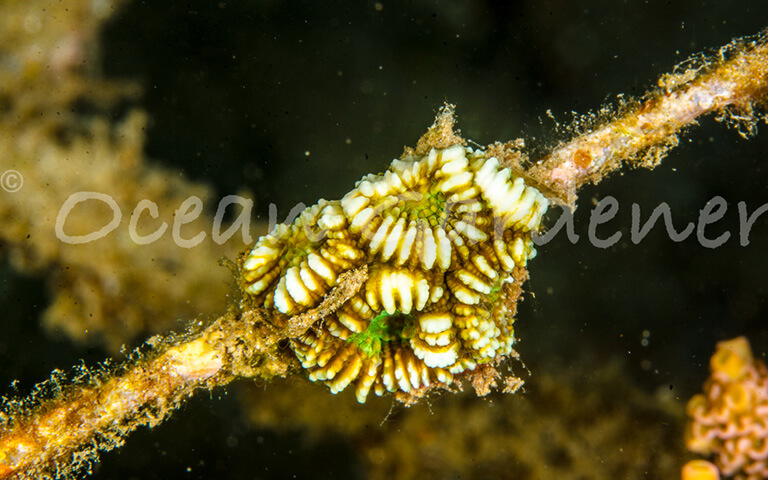
Another 45 days old Dipsastraea sp.
A species normally very slow to grow.
While reef restoration efforts always focused on fast growing species such as Acropora, may be that micro-fragmentation in situ technique is the missing ingredient to improve diversity, and including slower growing species into the mix. And thus achieve a much more natural result.
MARINE CONSERVATION INTERNSHIP
Find out more about our coral conservation internship here: Marine Conservation Internship.
